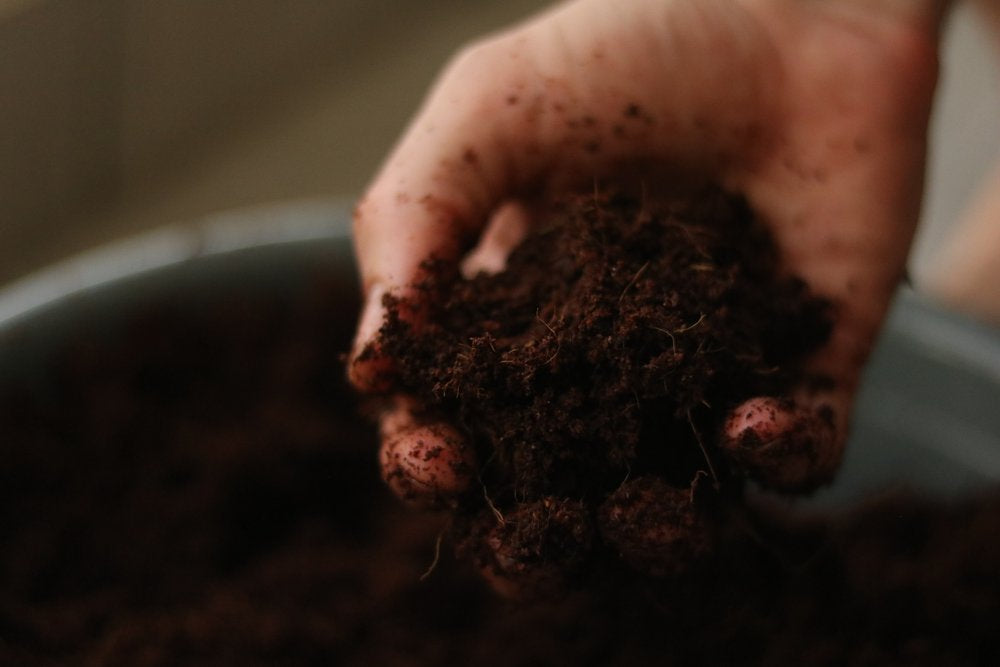
Why Is Soil So Important?
Without soil, we wouldn’t be here!!
The Foundation of Healthy Growth
Soil is more than just a growing medium—it’s a living ecosystem that provides plants with nutrients, water, and structure. Healthy soil supports strong root development, improves plant resilience, and reduces the need for artificial inputs. By nurturing soil with organic matter and natural fertilisers like Wooltiliser and our compost blends, gardeners can build long-term fertility and healthier plants.
Natural Nutrient Cycling
Healthy soil continuously recycles nutrients by breaking down organic matter that feeds plants naturally. Overuse of synthetic fertilisers disrupts this balance, leading to depletion and poor soil health.
Our compost pellets and mulches support the natural cycle, enriching the soil gradually while feeding beneficial microbes that sustain long-term fertility.
Water Retention and Drainage
Good soil structure holds moisture while allowing excess water to drain, preventing drought stress and erosion. Soils low in organic matter dry out quickly or become waterlogged. Our organic mulches and soil improvers help retain moisture and improve drainage, making soil more resilient over time.
Soil and Carbon Storage
Healthy soil stores carbon, helping to combat climate change. Disturbed or degraded soil releases carbon, reduces fertility and increases environmental impact. Our regenerative soil products, such as Wooltiliser and Compost Boosters, help to rebuild organic matter and keep carbon in the soil where it belongs.
Long-Term Soil Health
Soil health is key to sustainable gardening and farming. Quick-fix chemical fertilisers feed plants and degrade soil. Our natural fertilisers and mulches build healthier soil gradually to ensure stronger plants and better yields for years to come – sustainably.
